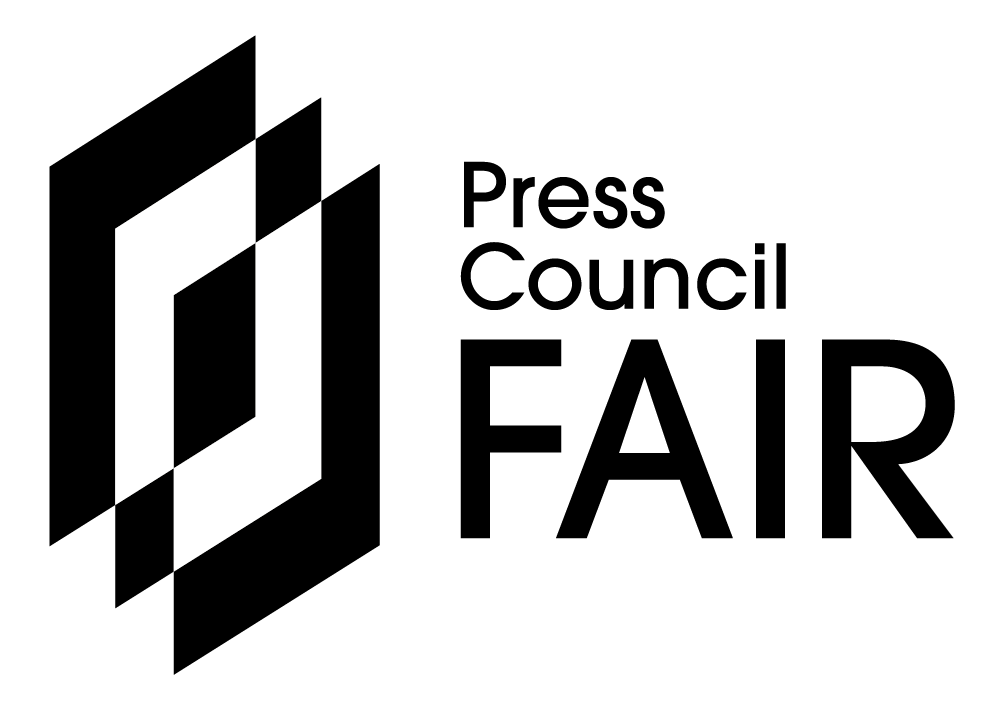LIFESTYLE NEWS - A landmark 2025 study revealed that type 2 diabetes prevalence doubled in just six years among middle-aged adults in South Africa, Kenya, Ghana, and Burkina Faso, now affecting 10.9% of the population.
People living with Type 2 Diabetes are at twice the risk of developing cataracts compared to the general population due to high blood sugar levels triggering chemical changes in the eye, leading to the breakdown and clumping of proteins in the lens.
Over time, this clouding causes vision to deteriorate, accelerating cataract formation and, if untreated, leading to blindness.
According to Dr Bayanda Mbambisa, former Chairperson of the Right to Sight Trust, the non-profit initiative of the Ophthalmological Society of South Africa (OSSA), cataracts remain the leading cause of blindness globally, despite being one of the most preventable and treatable eye conditions.
“Cataract surgery is widely recognised as one of the most cost-effective medical interventions available. Yet between 40-60% of people with visual impairment experience vision loss directly due to cataracts, with severe consequences for their social, psychological, and financial well-being, as well as that of their families,” says Dr Mbambisa.
“Although cataracts typically develop gradually after the age of 40, accelerated vision loss is increasingly seen in younger patients and those with diabetes. Unfortunately, in South Africa access to care remains a major challenge. Many public hospitals lack ophthalmologists, the required equipment or even the consumables for surgery, leaving patients to wait untreated, for years in some cases.”
To combat this preventable cause of blindness and restore sight to those in need, the OSSA Right to Sight Trust will perform more than 1,000 free cataract surgeries in 2025, with around 700 surgeries taking place during Eyecare Awareness Month (20 September–17 October).
This nationwide initiative is made possible by 109 ophthalmologists in private practice who donate their time and expertise, supported by 35 private hospitals that provide free theatre time and essential services.
Funding partners, individual donors and medical device companies further contribute lenses and surgical consumables to make these life-changing operations possible with no cost to those in financial need. In 2024 alone, they assisted 1,129 patients with the gift of sight.
“Our mission is to restore not only sight but also hope and dignity to patients,” says Dr Mbambisa.
“For every person who regains their vision, at least six family members experience a ripple effect, freed from the burden of care and able to return to work, school and normal life. The impact on households and communities is profound.”
Cataracts occur when proteins in the eye’s natural lens break down and clump together, causing the lens to become cloudy. This results in blurred, hazy vision, faded colour perception, and, if untreated, complete vision loss.
Major risk factors for cataracts include:
- Diabetes
- Smoking
- Eye injuries or surgery
- Long-term exposure to UV rays without protective sunglasses
Signs of cataracts may include:
- Cloudy or blurred vision, as if looking through a dirty window
- Sensitivity to light and glare
- Seeing halos around lights
- Double vision or ghosted images
- Difficulty with night vision or driving at night
- Faded or yellowed colours
- Needing brighter light for reading
Dr Mbambisa urges South Africans to protect their eye health by:
- Managing diabetes risks through lifestyle choices and regular medical screening
- Having an eye exam every two years if over 40, and annually from the age of 65
- Protecting eyes from UV rays with a hat and sunglasses that block 99% of UV
- Quitting smoking
- Eating eye-healthy foods rich in fruits, vegetables, leafy greens, nuts and whole grains
- Seeking care immediately if vision loss interferes with daily activities
Visit www.righttosight.org to financially support the Trust in reaching more patients during Eyecare Awareness Month.
‘We bring you the latest Garden Route, Hessequa, Karoo news’

















